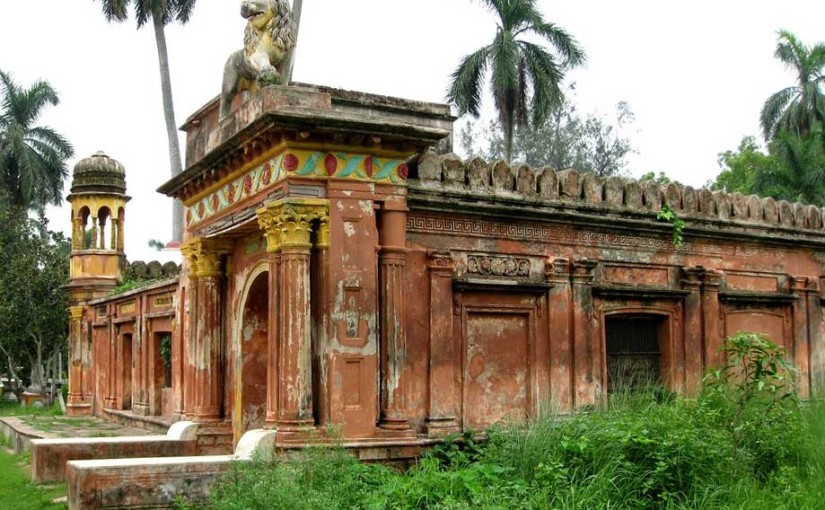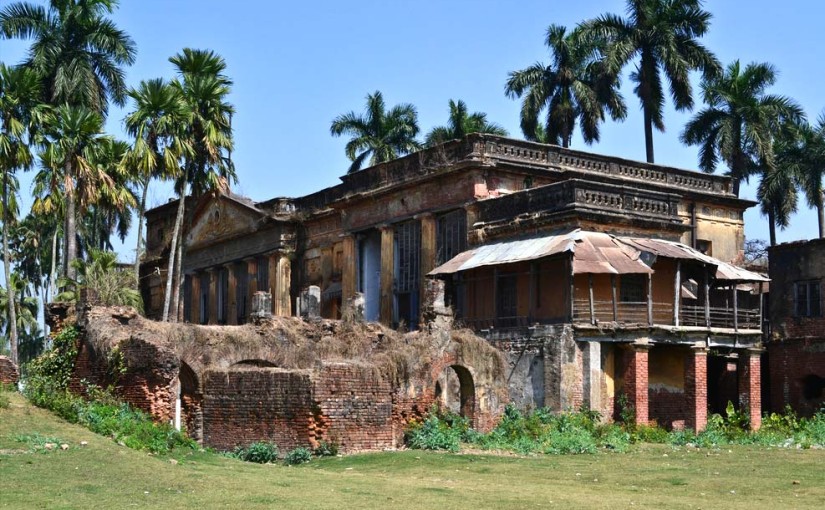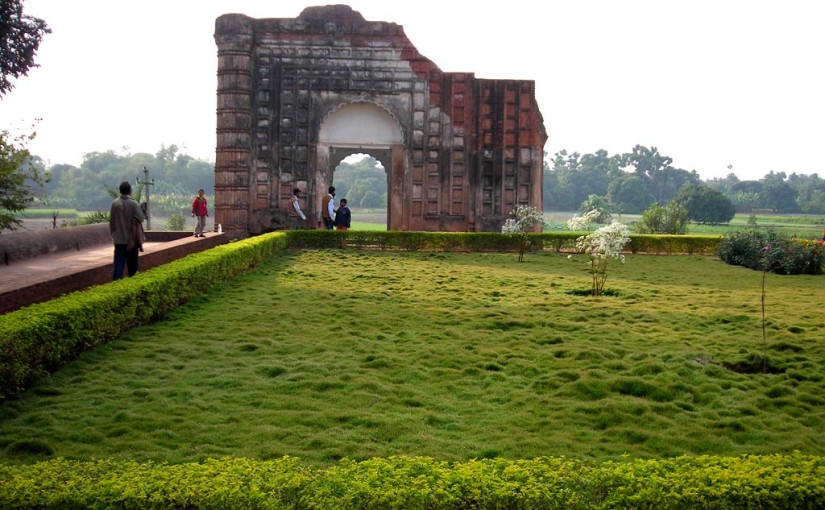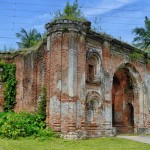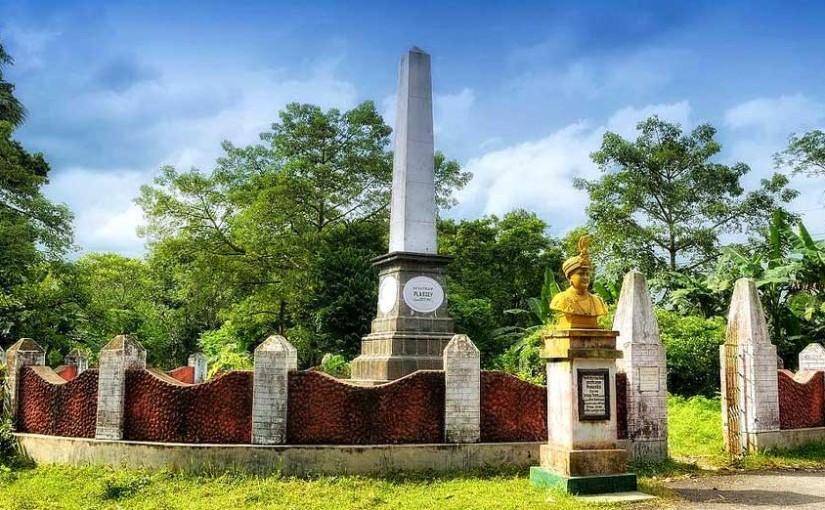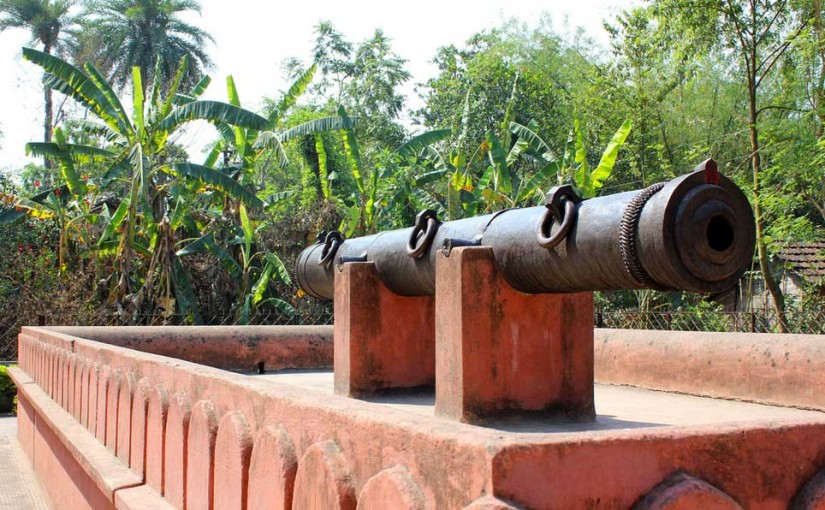Azimganj small town in Murshidabad is home to 7 Jain temples of immense historical, architectural and spiritual value are located. They are:
Sri Neminathji Temple, Azimganj was built in Samvat 1943 by Shree Singh covering an area of 2933, 2616 Sq. Mt.
Sri Padam Prabhuji Temple, Azimganj was constructed in 1880 AD by Yati Bijay Chandji Khattargachhit covering an area of 764.0173 Sq. Mt. The idols are 500 years old.
Sri Sumatinathji Temple, Azimganj was built in 1856 AD by Uttam CHandji Nahar and was rebuilt by Setab Chandji Nahar in 1897 AD. This temple covers an area of 421.8674 Sq. Mt.
Sri Sambhavnathji Temple, Azimganj was founded in 1886 AD by Rai Dhanpat Singhji Dugar and covers an area of 3665.6731 Sq. Mt. This temple is home to the larges idol of Jain Swtambaras in Eastern India.
Sri Chintamani Parasnathji Temple, Azimganj was built in 1888 AD by Manhot family and the idols are 500 years old.
Sri Shantinathji Temple, Azimganj was constructed in 1873 AD by Gulab Kumari Bibi and one of the idols belongs to Samvat 1510.
Ram Bagh Samalia Parasnath Mandir and Dadabari, Azimganj was built in 1870 AD by Shree Singh. This temple complex is also home to temples from Jangipur, Kiaganj, Cossimbazar which were rebuilt here.
